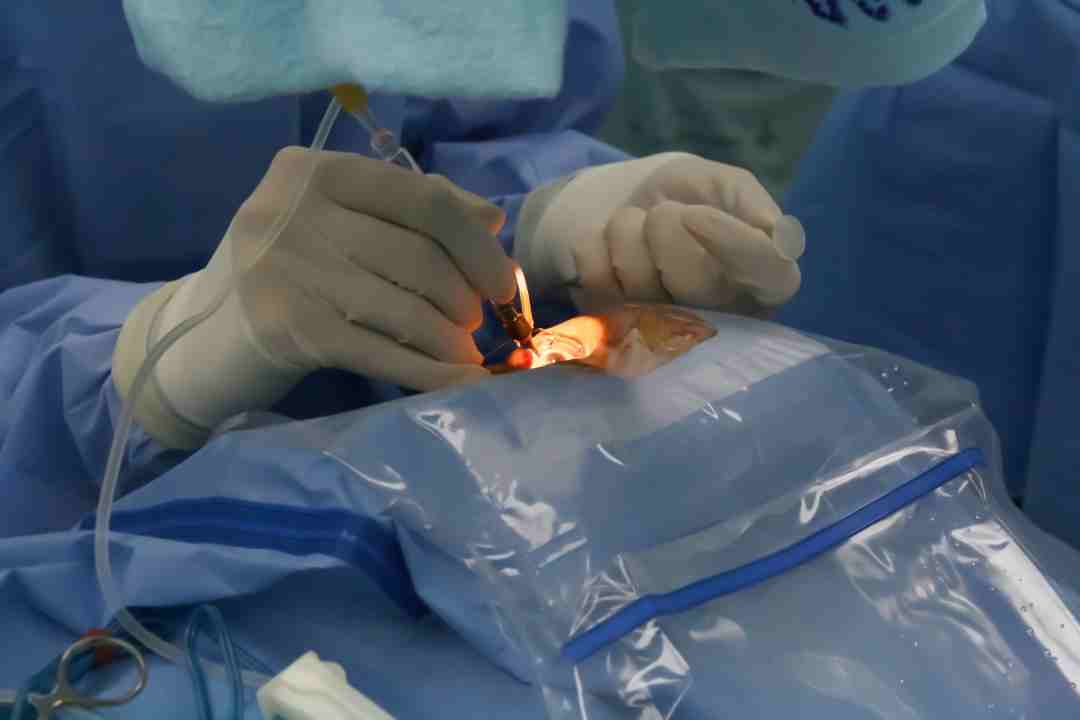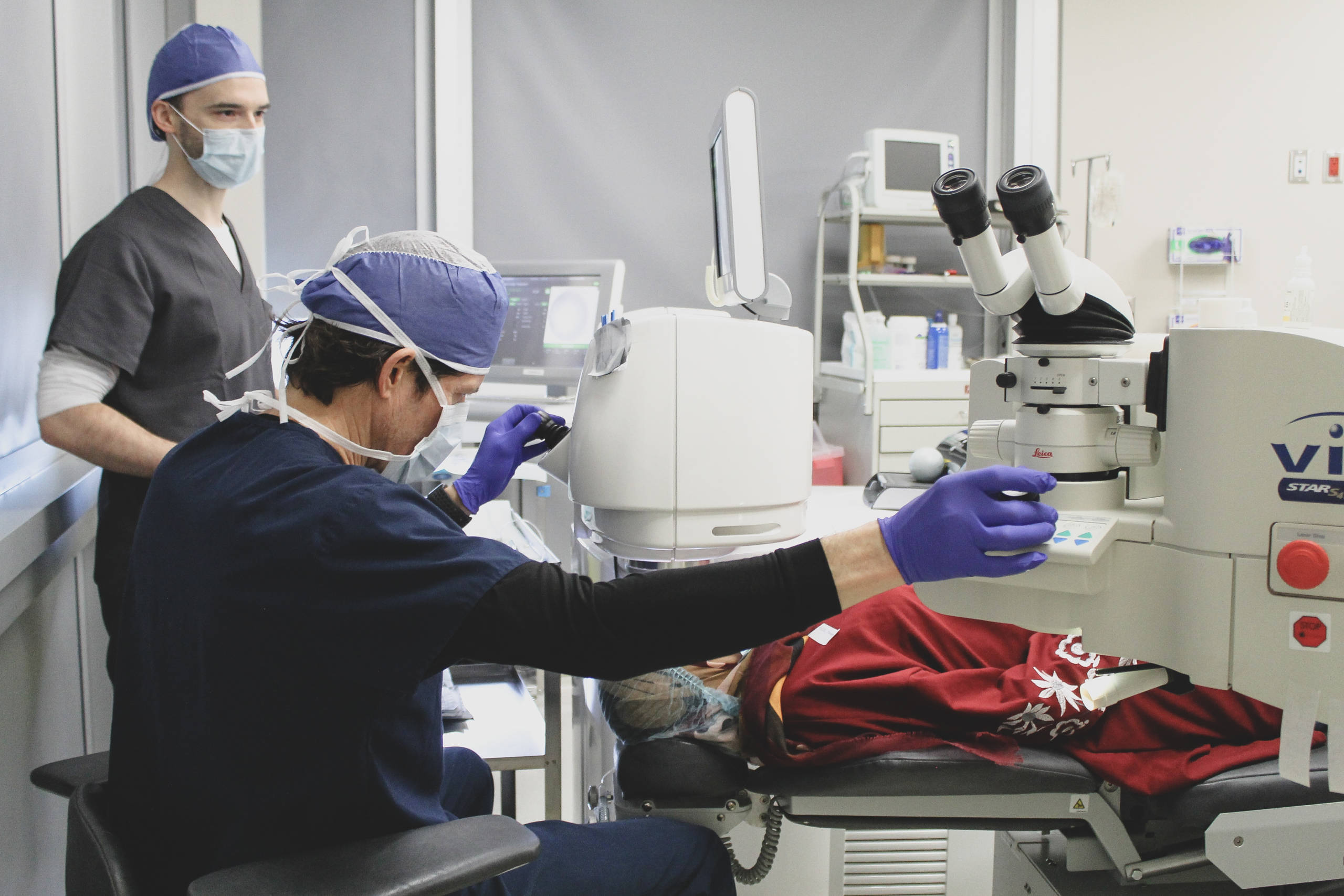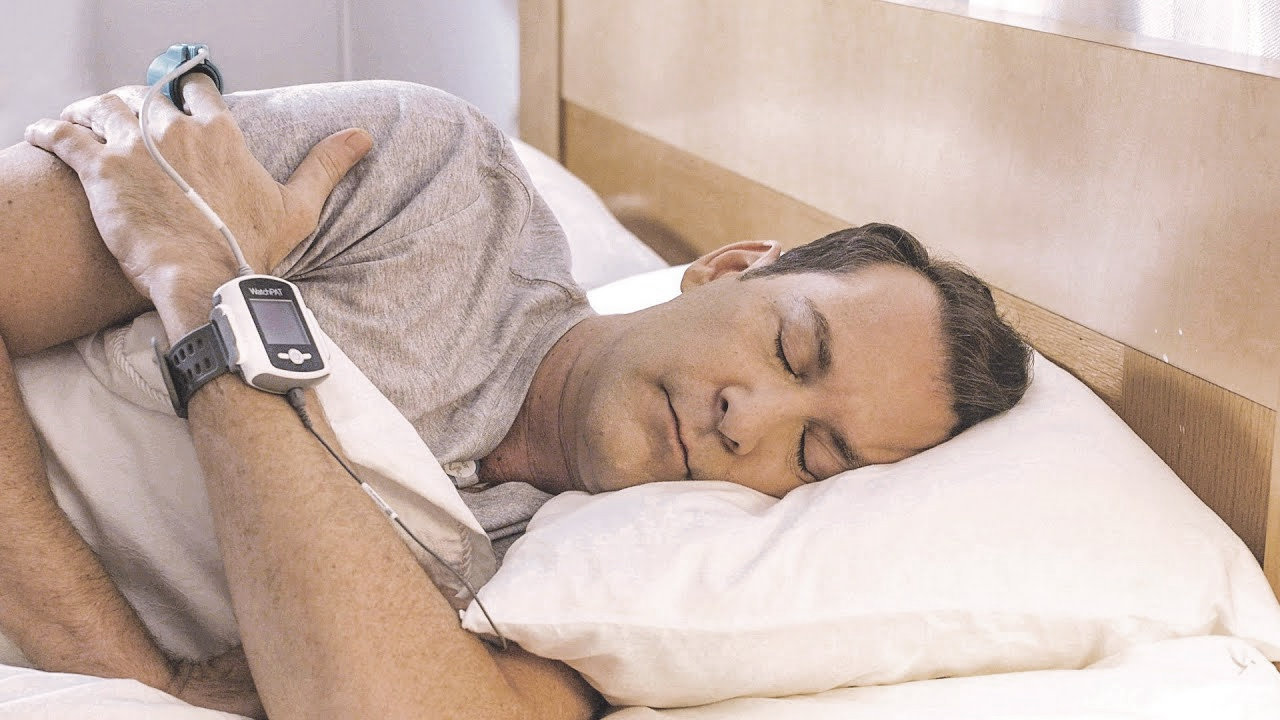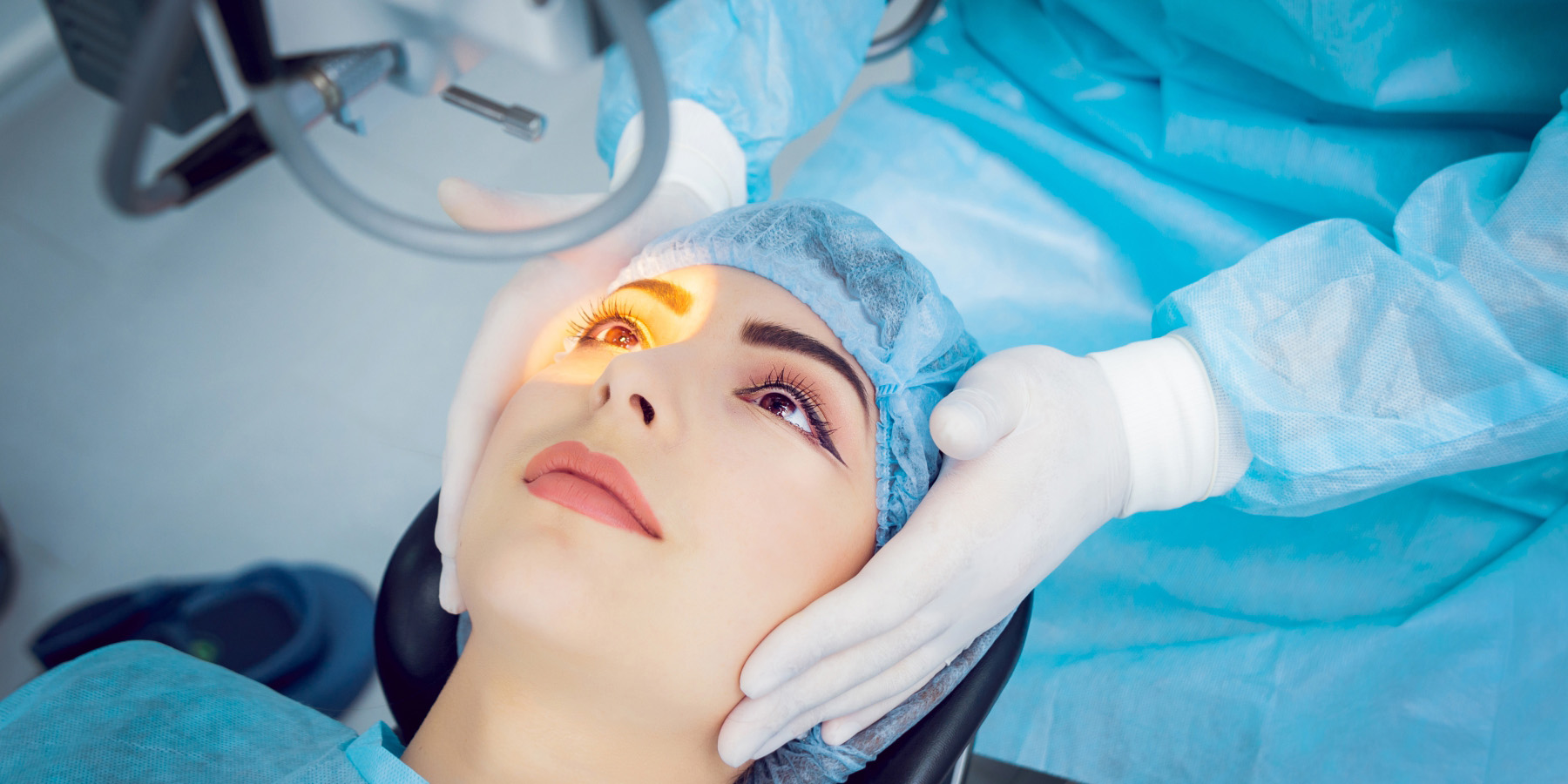Bondi Road Tattoo Artist Spotlight: How to Choose the Right Artist for Your Tattoo Idea
Why is Bondi Road the Ultimate Tattoo Destination in Sydney? Bondi Road is the best place in Sydney for tattoos because it combines traditional tattooing with modern artistic styles. The street has studios where artists excel at creating both classic American designs and experimental abstract artwork, making it a go-to spot for body art lovers. The Cultural Fusion That Defines Bondi's Tattoo Identity The tattoo culture in Sydney—particularly along Bondi Road—reflects a unique fusion of creative influences. A skilled Bondi Road Tattoo Artist often blends the laid-back energy of surf culture with the depth and discipline of Japanese Irezumi tattooing. Contemporary gallery-style art also intersects with classic maritime symbols, resulting in a richly diverse and highly distinctive tattoo scene. When visiting a well-established studio, working with a professional Bondi Road Tattoo Artist means you’re likely to encounter: • Artists who have mastered traditional tattoo techniques while applying modern colour theory• Portfolios featuring Japanese dragons reimagined in fluid watercolour styles• Designs that honour old-school tattooing, enhanced with precision methods from the digital age• Geometric patterns inspired by both Aboriginal art influences and contemporary minimalism This creative balance is what sets a Bondi Road Tattoo Artist apart—delivering tattoos that are technically refined, culturally aware, and deeply connected to Sydney’s coastal identity. https://www.youtube.com/watch?v=vyyPbG8Al9g&pp=ygVXQm9uZGkgUm9hZCBUYXR0b28gQXJ0aXN0IFNwb3RsaWdodDogSG93IHRvIENob29zZSB0aGUgUmlnaHQgQXJ0aXN0IGZvciBZb3VyIFRhdHRvbyBJZGVh Precision and Innovation as Non-Negotiable Standards The studios along Bondi Road have earned their reputations based on their commitment to technical excellence. The artists here understand that for a tattoo to stand the test of time, factors such as needle depth, ink saturation, and line consistency must be executed flawlessly. The competitive nature of this environment drives practitioners to constantly improve their skills. Artistic innovation can be seen in various ways throughout Bondi Road's tattoo scene: Custom design processes that transform client concepts into wearable art Mastery of multiple styles within single studios, allowing collaborative projects Integration of fine art techniques like shading and composition into tattooing How to Choose the Right Tattoo Artist on Bondi Road? Choosing tattoo artist decisions directly determine whether your body art becomes a lifelong source of pride or regret. The technical proficiency of your selected artist shapes everything from line consistency to color saturation, affecting how your tattoo ages over decades. Artist skill manifests in multiple dimensions beyond basic drawing ability. A master tattooist understands skin as a living canvas, adjusting needle depth and hand pressure for different body areas. They compensate for skin texture variations, muscle movement patterns, and natural body contours. An experienced artist working on Bondi Road knows how sun exposure affects ink longevity in Sydney's climate, recommending pigment choices that maintain vibrancy despite beach lifestyle factors. Tattoo quality depends heavily on an artist's specialized expertise within specific styles. A photorealistic portrait requires different technical skills than geometric patterns or traditional Japanese work. Examining an artist's portfolio reveals their true strengths—look for consistency across multiple pieces rather than one impressive example. Pay attention to healed tattoo photos, which demonstrate long-term results better than fresh ink images. What Role Do Consultations Play?…









